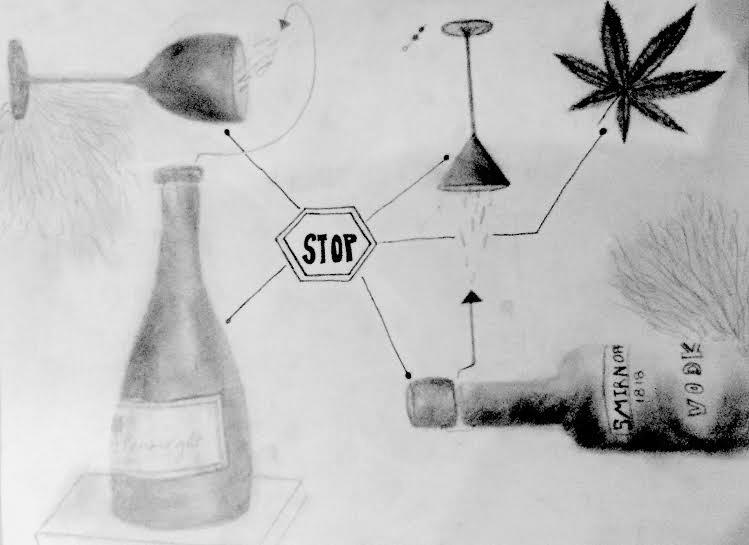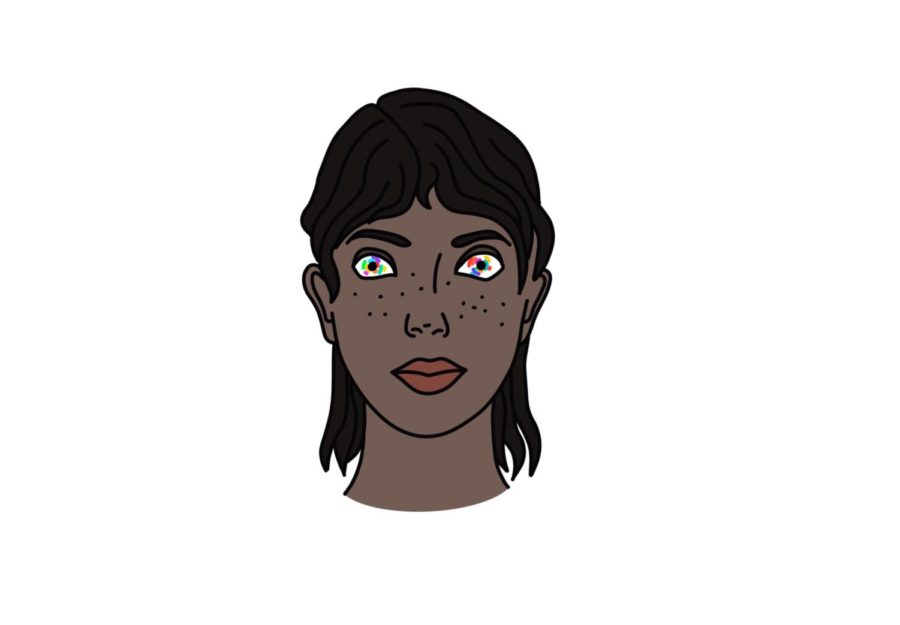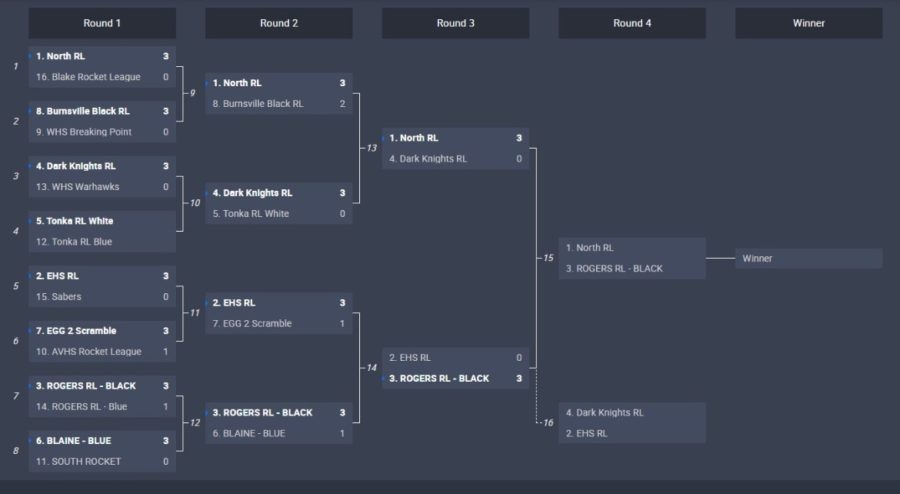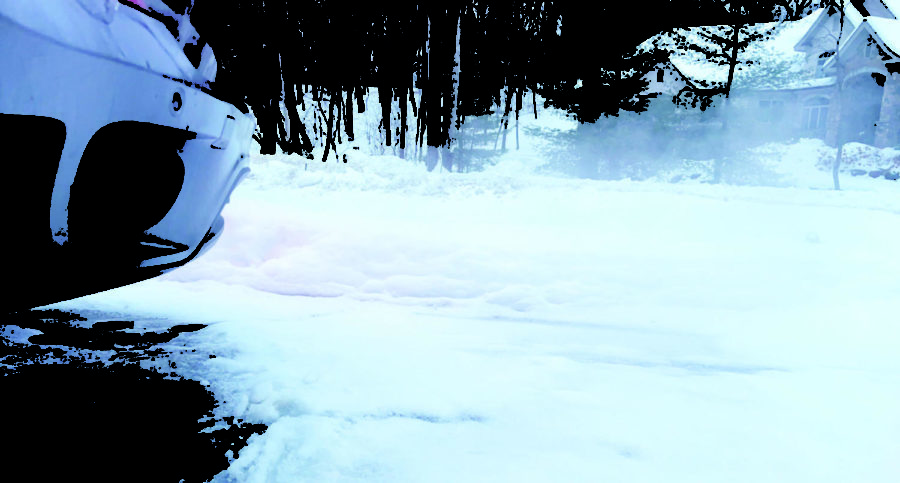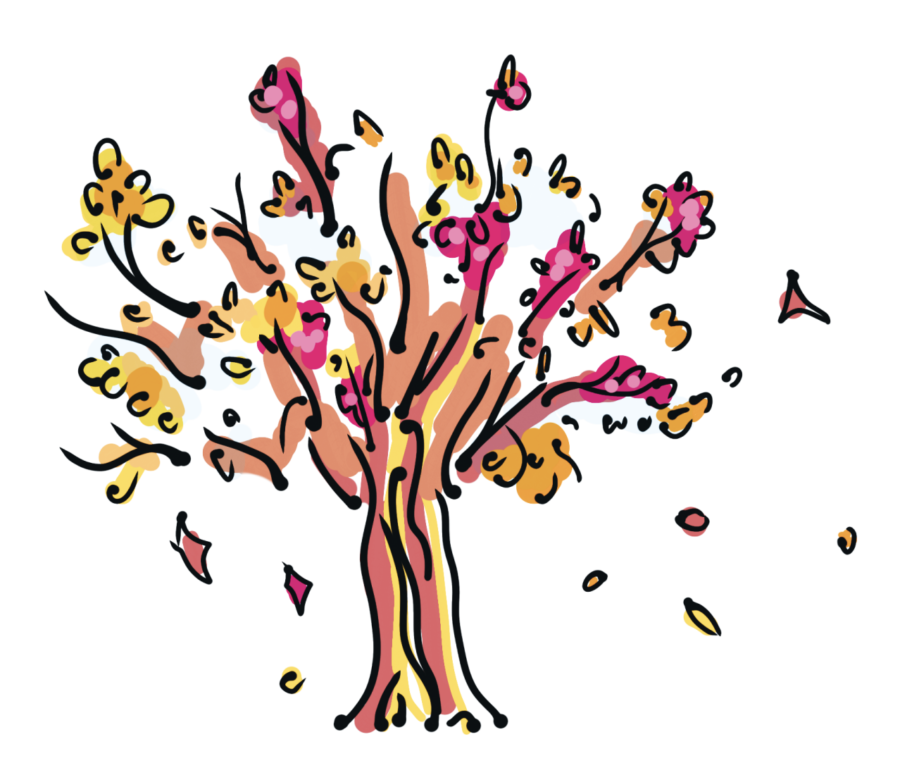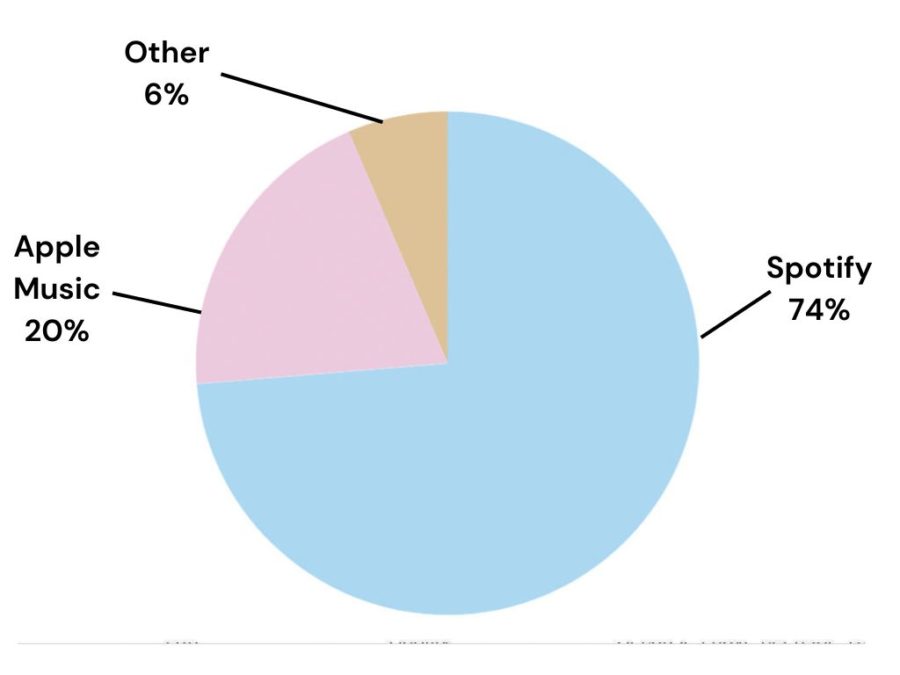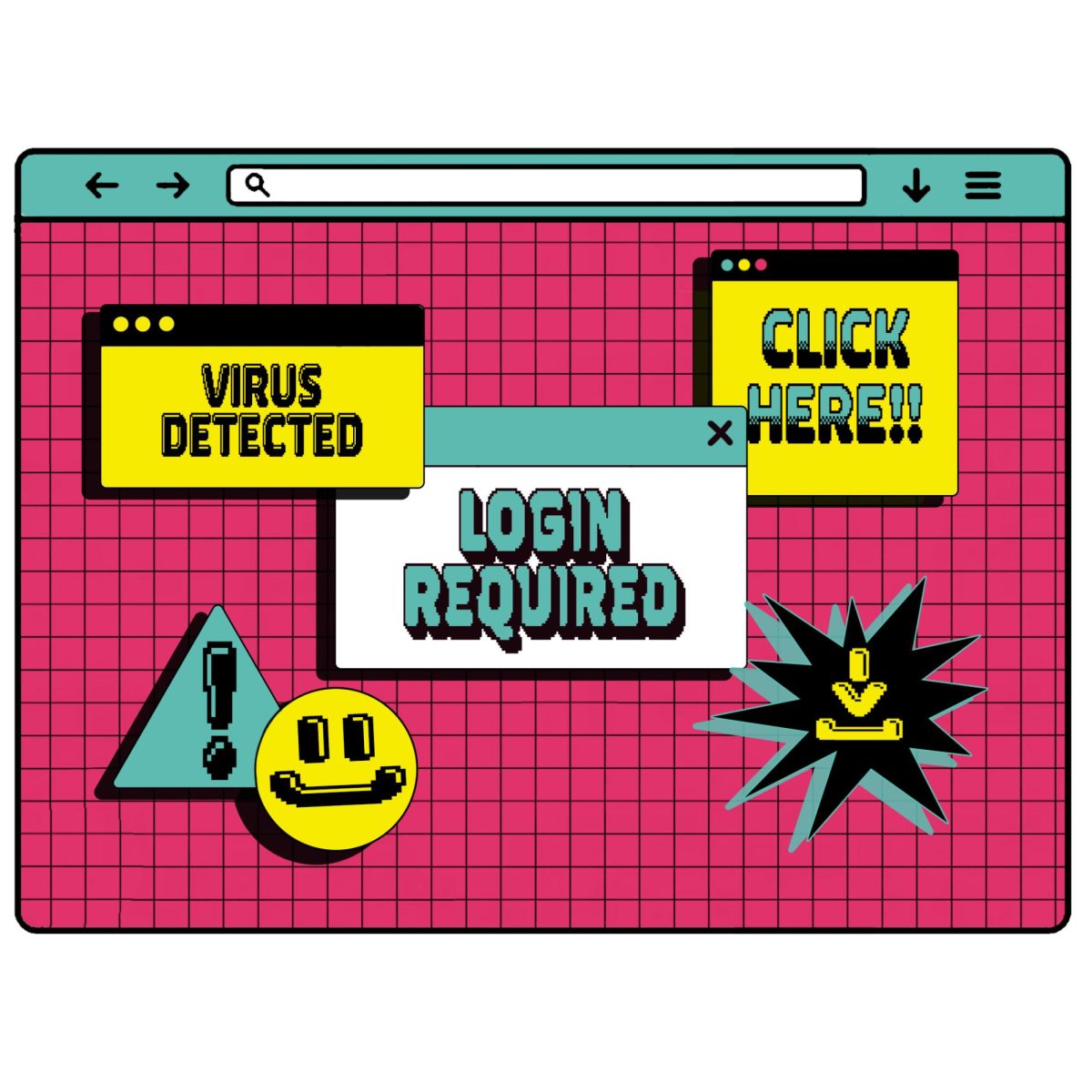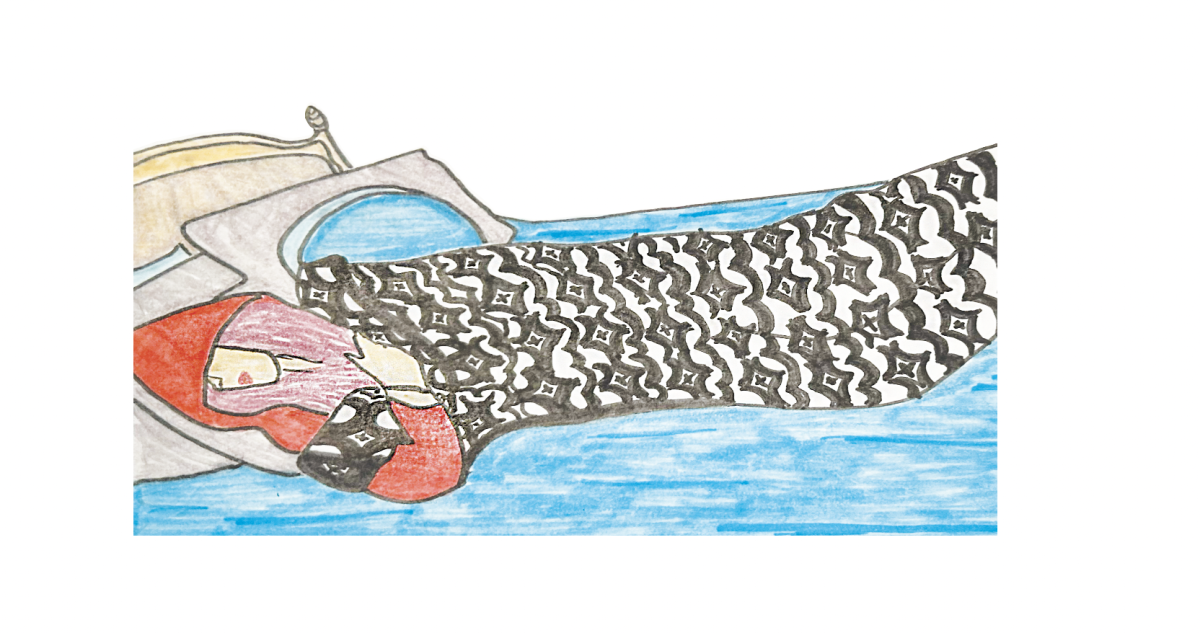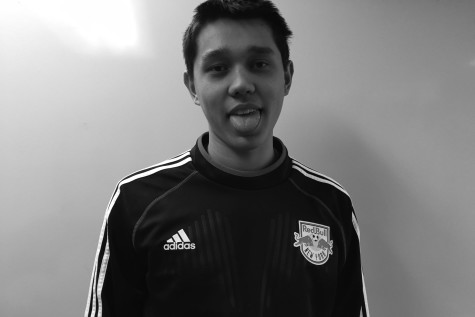A male from the class of 2016 who wishes not to be named says, “I know my father had friends who in their teenage years would drink and eventually would drink and drive, and he lost several friends to that. Not only drinking and driving but also drugged driving.”
Alcohol reduces the brain’s response to external stimulus. This is achieved by lowering the neurotransmission levels in the brain, which are responsible for sending and receiving signals in the central nervous system. The result of lowering these levels is a decreased response to stimulus, which leads to many of the side effects that alcohol has on the body.
Specifically, alcohol causes a range of side-effects ranging from slurred speech, flushed face and dizziness to cirrhosis (scarring) of the liver, cancer or alcohol poisoning.
Cannabis, or marijuana, is a psychoactive drug, which means that it changes the chemical composition of the brain. The principal psychoactive component is tetrahydrocannabinol (THC), which is known for altering neural receptors in the spinal cord and periaqueductal gray, the area of the brain responsible for receiving pain signals.
Consequently, THC can relieve pain and decrease the body’s response to external stimulus, thus contributing to marijuana’s popular effects.
However, the use of cannabis has numerous side effects, such as sensory distortion, increase in reaction time, growth disorders, immune system suppression and personality changes.
People who are underaged do not have a fully developed brain. The brain does most of its development within the first twenty years of life, so the consumption of alcohol or drugs during this time period could have disastrous effects on the growth of the brain.
Susan Tapert, a professor at the Department of Psychiatry at the University of California, conducted a study comparing non-drinking teenagers to teenagers who binge drink a couple of times a month. She found that alcohol can affect the memory of teenagers and impair the growth of certain brain structures.
Similarly, alcohol can alter measures of brain functioning in teenage brains, such as blood flow in certain brain regions and electrical brain activities.
Tapert found that girls who have been engaged in heavy drinking during adolescence perform more poorly on tests of spatial functioning such as math, and boys perform poorly on tests of attention.
She claims that the magnitude of the difference in test performance between drinkers and non-drinkers is roughly 10%, or the difference between an A and a B.
Marijuana is classified as a controlled substance by the US government, and is only legal for recreational use in a few states, but the marijuana debate has recently been impacted by studies that indicate the positive effects of marijuana that have medical uses.
Recent studies have shown that medical usage of marijuana can treat symptoms of epilepsy, cancer, Alzheimer’s, migraines, depression, glaucoma, asthma, appetite-loss, sleeping disorders, anxiety and countless other disorders.
On the flip side, marijuana is commonly referred to as a gateway drug–meaning that smoking marijuana often leads to the use of other, more disastrous drugs.
According to Blake’s Independent School Health Check from October 2012, roughly 19.86% of Blake students had at least one drink of alcohol without parental consent in a period 30 days, and 11.4% of Blake students had more than five drinks of alcohol in the span of three hours during those 30 days.
14.1% of Blake students had consumed marijuana in that same 30 day period.
An anonymous male from the class of 2018 thought that these statistics were very high, and that it may be due to peer pressure, that “if the majority of the people in that social group, or the idea gets into one of the kids head that most people drink or do drugs, then they should partake too.”
While this may be true, an anonymous female from the class of 2016 stated that “I try really hard not to be judgemental of people who do drugs and drink alcohol because it’s a natural thing to be curious about.”
She continues by stating that she “think[s] at Blake, a lot of people put a lot of thought behind their decisions … they’re making a conscious choice to [drink or smoke].”
However, it is well known that the most important aspect of teenage drug and alcohol consumption is awareness. If teenagers are more aware of the ramifications of consuming drugs and alcohol, they are more likely to make smart decisions.


